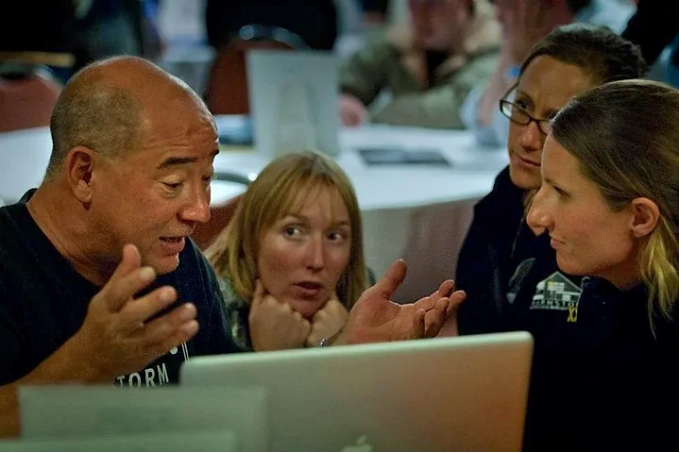To: Joumana El Zein Khoury — Executive Director, World Press Photo
Members of the World Press Photo Supervisory Board
Members of the World Press Photo International Advisory Committee
From: James Colton, Dave Burnett and Maria Mann
As former Chairs and jurors of the World Press Photo Contest, we are saddened and deeply troubled by your decision to remove the attribution of Nick Ut as the photographer who took the 1973 World Press Photo of the Year known as “The Terror of War.”
As stated by Executive Director Joumana El Zein Khoury, the decision to do so was based on “doubt.” Specifically, you state, …“ Due to this current doubt, World Press Photo has suspended the attribution to Nick Út. This remains contested history, and it is possible that the author of the photograph will never be fully confirmed. The suspension of the authorship attribution stands unless it is proved otherwise.” So, World Press Photo’s position is: Guilty, until proven innocent!
This is a dangerous and flawed position to take and flies in the face of every standard used in the world that one is “Innocent until proven guilty.” No one, not you, Vii, or the film “The Stringer”, has met that burden of proof. Every conclusion made by the above has been an assumption. And your decision to remove Nick Ut’s attribution was based on doubt and assumption, and not on undisputed facts.
Use the same metric that you do with manipulated images. If you discover evidence that an image has been manipulated, it gets disqualified. But you don’t disqualify it because you “think” it may have been altered. You don’t base your actions on “doubt.”
We do not claim to know definitively who took that photo. But we do know that accusing someone without irrefutable evidence, and making a decision to strip the attribution is unwarranted, unreasonable and just plain wrong. It’s very simple. If there’s doubt, leave it be until it is proven otherwise — not suspend it until proven otherwise. This mentality will subject World Press Photo to scrutiny for every single photo ever awarded!
Therefore, we are asking that you, the supervisory board and advisory committee, reconsider your decision and reinstate the authorship that it has maintained for over 50 years…until proven otherwise.
If no decision is made to reinstate Ut’s authorship, we ask that you remove our names from your websites, archives, etc., as ever having participated as Chairs and jurors in your contests. We will suggest that other jurors, editors and photographers, who may feel you have done an injustice to Nick Ut, do the same, as well as suggest that all photographers refrain from entering any future WPP contests.
Because, if we base our actions on “doubts” rather than evidence, I seriously doubt anyone would want to have their name associated with an organization that doesn’t follow accepted journalistic practices and ethics.
Respectfully yours,
James Colton
World Press Photo Chair 2005
World Press Photo Juror 2003
Dave Burnett
World Press Photo Chair 2011
World Press Photo Juror 2005
World Press Photo Juror 1999
Maria Mann
World Press Photo Juror 2007
World Press Photo Juror 2008
World Press Photo Category Secretary 3 Times











